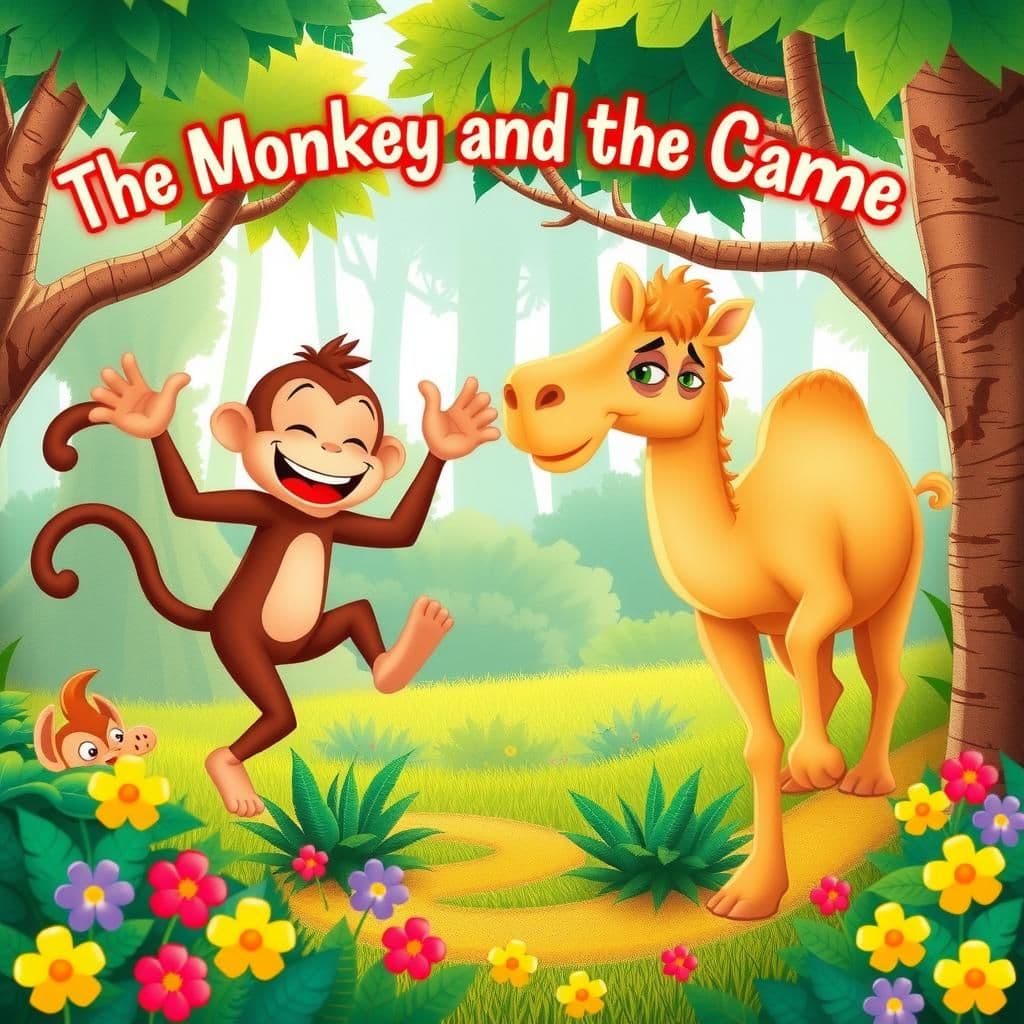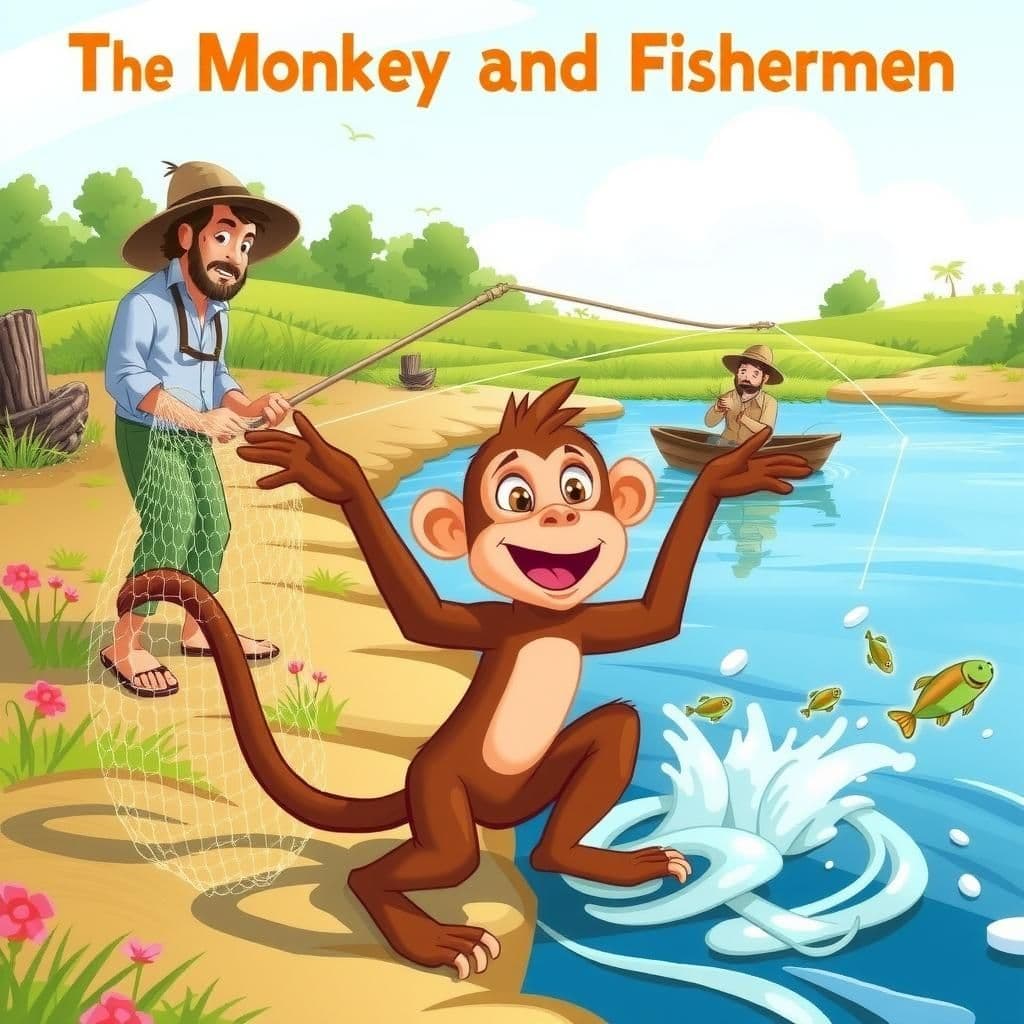The Monkey and the Camel

Story Summary
In the inspirational short story "The Monkey and the Camel," the Monkey captivates the forest animals with his delightful dance, earning their applause. Envious of his success, the Camel attempts to imitate him but fails miserably, leading to his embarrassment and expulsion by the other animals. This quick moral story illustrates the life lesson that it is foolish to try to ape those who are more skilled, reminding us of the importance of recognizing our own strengths.
Click to reveal the moral of the story
The moral of the story is that attempting to imitate those more skilled than oneself can lead to embarrassment and rejection.
Historical Context
This fable is reminiscent of Aesop's Fables, a collection of moral tales attributed to the ancient Greek storyteller Aesop, dating back to the 6th century BCE. The story highlights themes of envy and the folly of attempting to imitate those who possess greater talents, a common motif in various cultures' folklore, serving as a cautionary tale about recognizing one's own limitations. Variations of this fable have appeared in numerous cultures, reinforcing the universal moral against the dangers of envy and pretension.
Our Editors Opinion
This fable illustrates the dangers of envy and the folly of trying to imitate those more skilled than oneself, a lesson that remains relevant in today's social media-driven age where people often strive for validation by mimicking others rather than embracing their unique talents. For example, a young artist might feel pressure to replicate the style of a popular influencer for online recognition, only to be criticized for lacking authenticity, ultimately learning that true success comes from showcasing their own creativity rather than imitating someone else's.
You May Also Like

The Raven and the Swan
In "The Raven and the Swan," a raven envies the swan's beautiful white feathers and mistakenly believes that washing in water will grant him the same appearance. This simple moral story illustrates that despite his efforts to change his habits, the raven cannot alter his inherent nature, ultimately leading to his demise from starvation. Such short and sweet moral stories remind us that true change comes from within, not from superficial actions.

The Monkey and the Fishermen
In this thought-provoking moral story, a curious monkey observes fishermen casting their nets and, eager to imitate them, attempts to fish himself. However, he becomes hopelessly tangled in the net and ultimately drowns, realizing too late that he should not have engaged in something for which he was untrained. This famous fable imparts a concise moral lesson about the dangers of overstepping one's abilities.

The Fox and the Monkey
In "The Fox and the Monkey," a boastful Monkey claims that monuments in a cemetery honor his illustrious ancestors, who were esteemed freedmen. The clever Fox highlights the ease of lying when there are no witnesses to challenge the falsehoods, illustrating that a false tale often betrays itself. This fable serves as a life-changing story with a moral, reminding readers of the importance of honesty in impactful moral stories.
Other names for this story
Monkey's Dance, The Jealous Camel, Forest Follies, Dance of Disgrace, Envy in the Jungle, The Camel's Folly, Aping the Best, Ridiculous Revelry
Did You Know?
The story highlights the theme of envy and the folly of imitating those who possess skills or talents that one does not, ultimately illustrating how such attempts can lead to humiliation rather than admiration.
Subscribe to Daily Stories
Get a new moral story in your inbox every day.